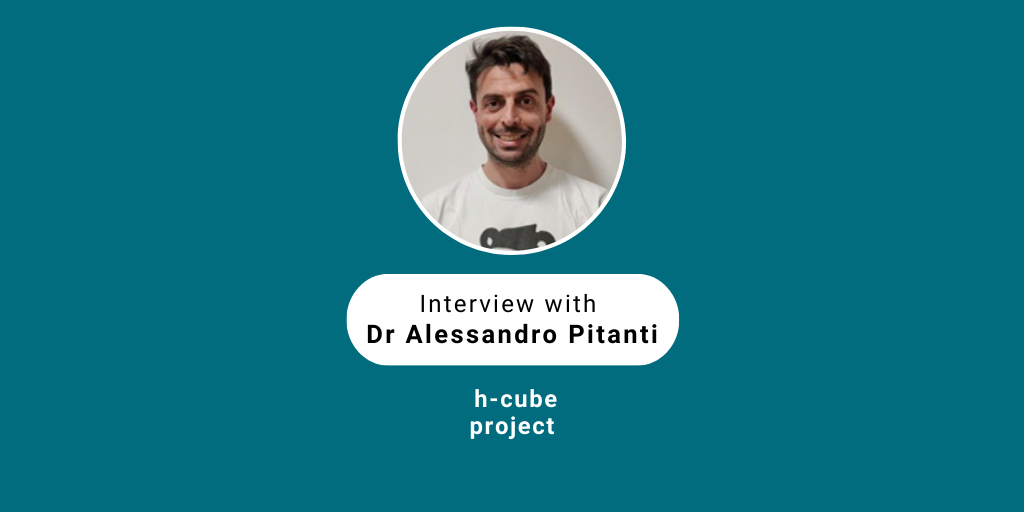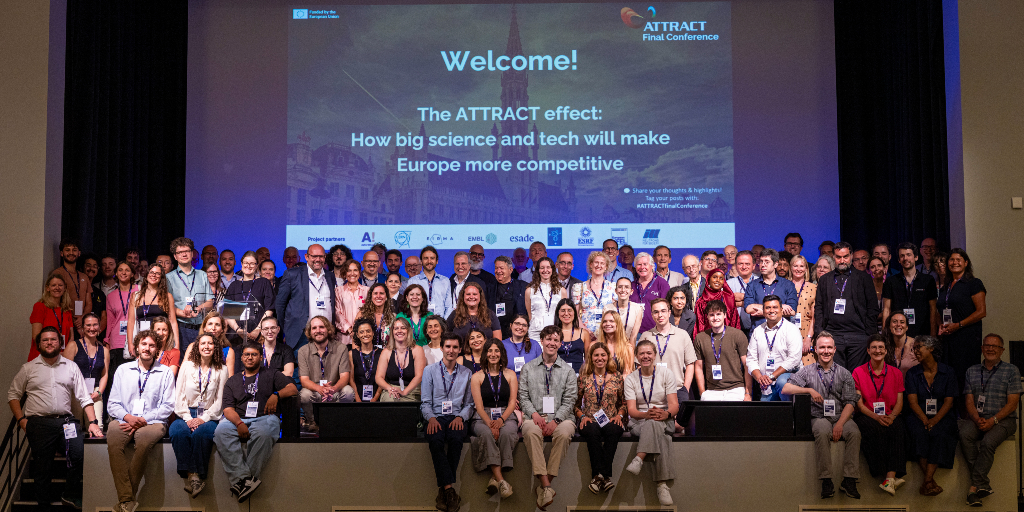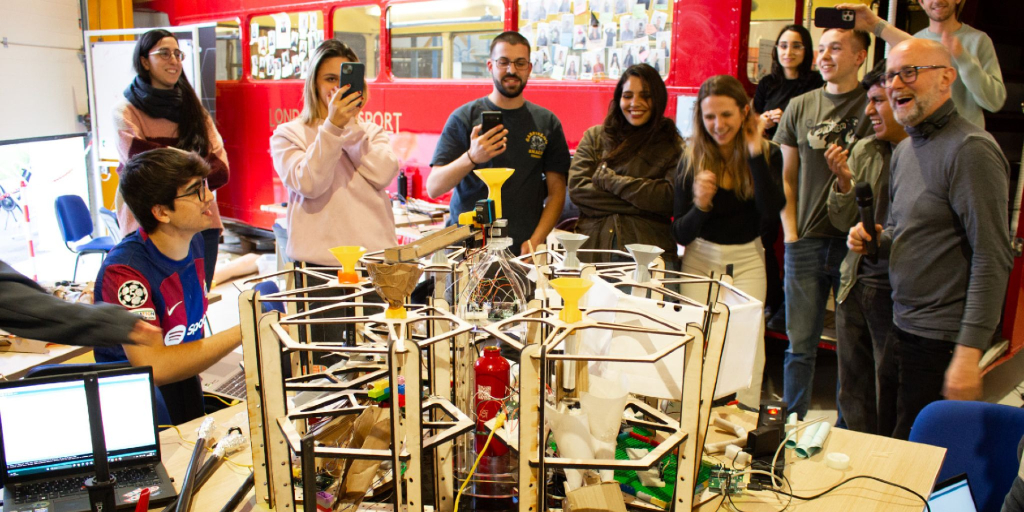The purpose of the Socioeconomic Studies is to look at the ATTRACT project from a critical perspective to understand better what works, why it works and the mechanisms that could be improved. ExSACT is one of the projects under this category that focuses on the review of the critical points of joint research infrastructure usage between research organizations and the industry and the creation and transfer of background or foreground intellectual property rights in connection with state aid rules.
As a part of its study, the ExSACT team has conducted its second interview on Intellectual Property (IP), this time with Dr Alessandro Pitanti, Permanent Researcher at Istituto Nanoscienze (CNR-NANO) and coordinator of the h-cube, the coordinator of the h-cube, a project which aims to create a hyperspectral camera that can work at room temperature operating at the sub-THz and THz range.
Get to know more about the h-cube project:
Interview with Dr Alessandro Pitanti
ATTRACT phase 2 project: h-cube
What is the h-cube project about and what is your role?
My home institution is Consiglio Nazionale delle Ricerche (CNR) in Italy, and I am the project coordinator of the h-cube project within the ATTRACT phase 2. Additionally, I am a fellow at the Paul-Drude Institute in Berlin, so I have been spending some time in Germany as well lately. The basic idea of h-cube is to build a new generation camera for the far infrared radiation, specifically, we would like to target a few terahertz (THz) frequency ranges. This is not something radically new, since one can already find THz cameras on the market, but they are usually not very practical or convenient. They have limited applications because they need to be cooled externally, and are very expensive or difficult to scale up. Our approach will solve these issues by giving us a game-changing technology based on an uncool camera, which can operate at room temperature with a large number of pixels that can be addressed independently.
What is the impact that you foresee for this project? It is a European project, so it is especially focused on the social, environmental, and economic impacts. Could you please tell me more about that?
Many people try working with THz radiation mostly because of possible applications. The THz range lies in between photons, e. g. laser technology, and electron technology. And while we know photons and electrons very well, THz is something in between which makes it more challenging because you cannot use the standard techniques of electronics and photonics. However, there are precise and practical applications that work very well in the THz. The range of applications is wide, from quality control to health monitoring, security, crop inspection, astrophysics and so on. With so many possibilities, you can imagine that having an apparatus that can efficiently detect THz radiation at room temperature can be useful in many different fields.
We do not foresee a direct impact on society as in a single specific task but more of a general impact. For example, from a practical point of view, if you had a THz camera working at room temperature at the border control at the airport, passengers would not need to go through the sometimes long and annoying security control. Instead, they could be monitored by an external camera when going through a corridor. Or for health monitoring. For example, sometimes people that have a tumour or something else that needs to be removed, are diagnosed many months before the surgery. Consequently, when the time of the surgery comes, the surgeons need to cut out larger portions of the diseased organs because they cannot be sure if the tumour has grown in the meantime.
Therefore, live monitoring as such can be extremely useful for precise surgical operations. Same story for the medicine. When you make a pill, it is very hard to see if it is homogeneous or if it works as well as you predicted. To do that, you need to crack them open and measure their components. But THz is non-destructive and will be able to increase the efficiency of producing and controlling drugs and food and so on. There are many fields in which THz can be useful for society.
With regards to the environment, I do not foresee any direct impact on the environment apart from the fact that the more efficient you are, the better you are at saving energy. So, our technology might, with its many, many applications, be able to fill some holes in this super wide field.
Do you maybe know how big is the market of sensing devices?
It is big, but I don’t have the numbers with me right now. One of the partners in our project is a consulting agency (Asteria). Their main job in the project is to investigate the market and see where the most money is. Not because we want to get a lot of money, but because the chances of getting funding after ATTRACT are higher. The biggest markets are either quality control for food, the food industry and security.
It should be noted that the ExSACT project is coordinated by the Jozef Stefan Institute in partnership with the Faculty of Information Studies in Novo Mesto.
Read the full interview here.
For more information
Visit the ExSACT project site.
The purpose of the Socioeconomic Studies is to look at the ATTRACT project from a critical perspective to understand better what works, why it works and the mechanisms that could be improved. ExSACT is one of the projects under this category that focuses on the review of the critical points of joint research infrastructure usage […]



